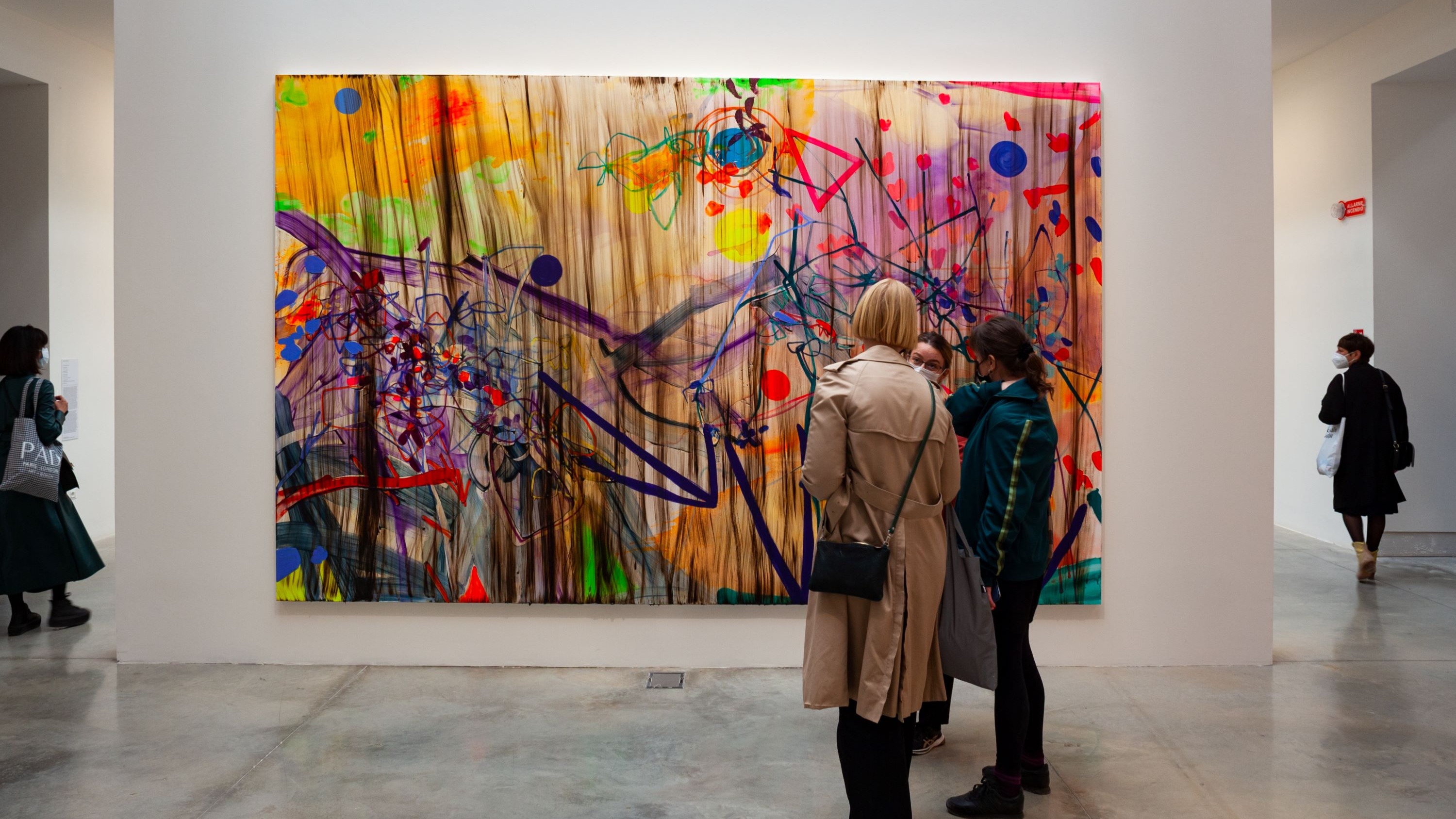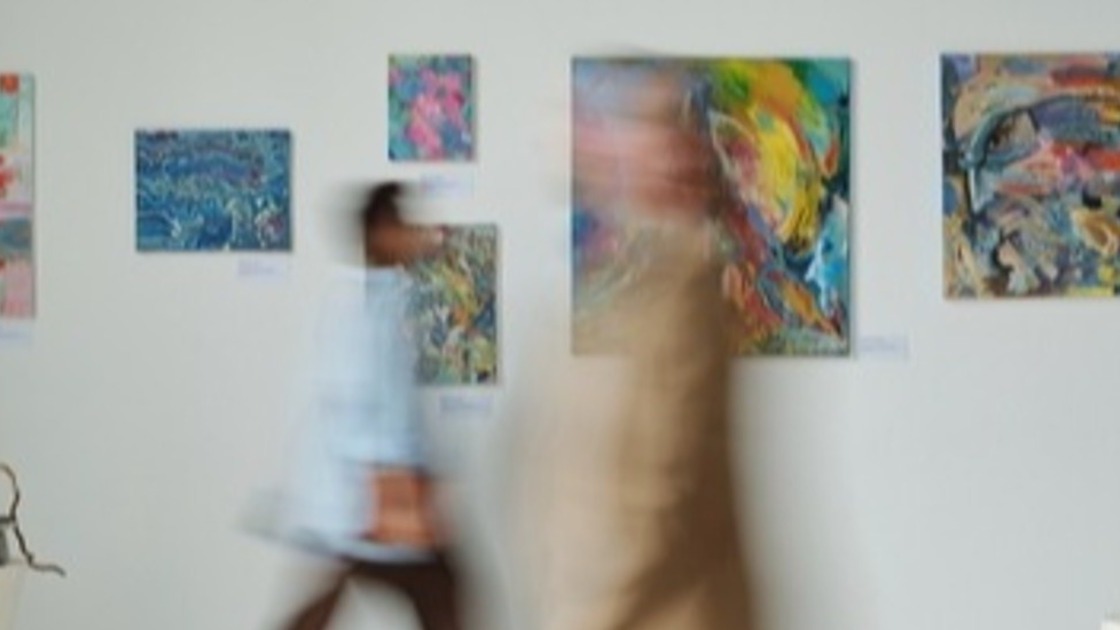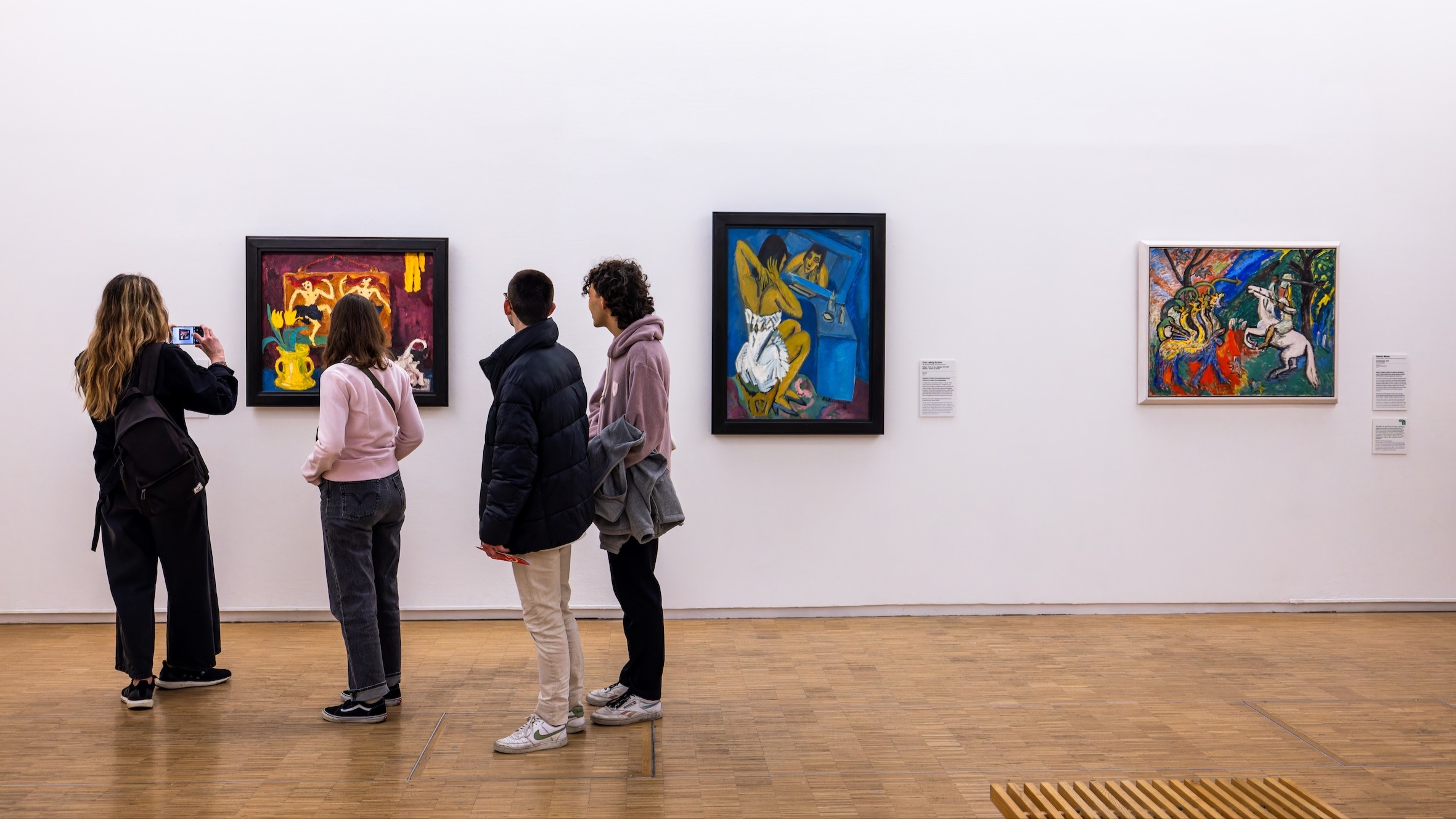
The Art Market’s Democratic Turn: Investing Beyond the Masterpieces
According to the 2025 Art Basel & UBS Global Art Market Report, the global art market contracted by 12% in 2024, with a sharp decline in high-end sales, particularly works priced over $10 million. However, the number of transactions actually rose by 3%, signalling strong growth at the lower end of the market. This shift is being further intensified by new US tariffs on imported artworks, prompting many sellers to hold onto their most valuable pieces rather than risk diminished returns.
Indeed, once the realm of blue-chip collectors and multi-million dollar canvases, the art market is undergoing a quiet revolution. Driven by younger buyers, tech-enabled platforms and a shifting economic landscape, the focus is moving steadily away from trophy assets and toward a more investment-oriented, accessible model, reshaping who participates in the market, how art is bought and which artists gain attention.
Recent data paints a compelling picture: artworks priced below $50,000 are flourishing, signaling a clear departure from the dominance of ultra-high-value pieces. This trend away from high-value trophy pieces is not just a reflection of economic caution, but also a structural shift in the art market itself. High-end art has long been seen as a vehicle for the ultra-wealthy to park capital, but liquidity concerns, shifting tastes and broader access to market data are making smaller, more flexible investments more attractive. As a result, buyers are increasingly seeking art with attainable entry points and tangible upside, opening new doors for both collectors and artists. Analysts point to this trend as a sign that the art market is becoming more aligned with the broader democratisation of financial assets seen in other sectors.
At the heart of this shift is the rise of fractional ownership. Much like stock trading, fractional art investing allows individuals to purchase shares in high-value artworks without needing the capital to buy an entire piece. Platforms, such as London Trade Art, have gained traction by offering these services, attracting a younger generation of investors. A recent survey showed that nearly half of millennial and Gen Z collectors are open to this model, up significantly from just a few years ago. The accessibility of fractional ownership not only broadens participation in the art market but also injects liquidity into what has historically been a highly illiquid asset class.
Contemporary and non-Western artists are also benefiting from these trends. As collecting becomes more democratised, tastes are diversifying. In 2023, sales of prints and multiples — typically more affordable works often produced by contemporary artists — jumped by 18%. Additionally, non-Western art now accounts for roughly 20% of global auction sales, double its share a decade ago. This expanding focus challenges traditional Western-centric narratives and offers investors exposure to underrepresented markets with growing cultural and financial relevance, such as the Middle East and Africa.
The broader implications are significant. As high-end art investing becomes less dominant, new ecosystems are forming to support a more diverse and accessible market. Collectors no longer need to chase prestige purchases; instead, many are building dynamic portfolios across a wider range of artists, media and geographies. This shift is especially appealing to younger collectors, women and first-time investors — groups that have historically been underrepresented in the traditional art market. The rise of digital platforms and data-driven insights further supports these shifts, enabling more informed and confident participation across all price levels.
The move toward more accessible investing also carries tangible benefits for the broader art ecosystem. For investors, art offers diversification potential with low correlation to stocks and bonds. For artists, particularly those emerging or working outside Western capitals, these models offer greater exposure and financial opportunity. Also, for the market itself, increased participation and digital engagement may provide much-needed resilience in volatile economic times.
The future of art investing seems poised not in climate-controlled vaults filled with Old Masters, but on digital platforms that make it possible for a wide range of people to engage with and profit from the cultural economy. By emphasising accessibility and traceability, embracing new ownership models and championing contemporary and global voices, the art world is redefining what it means to invest in creativity.




